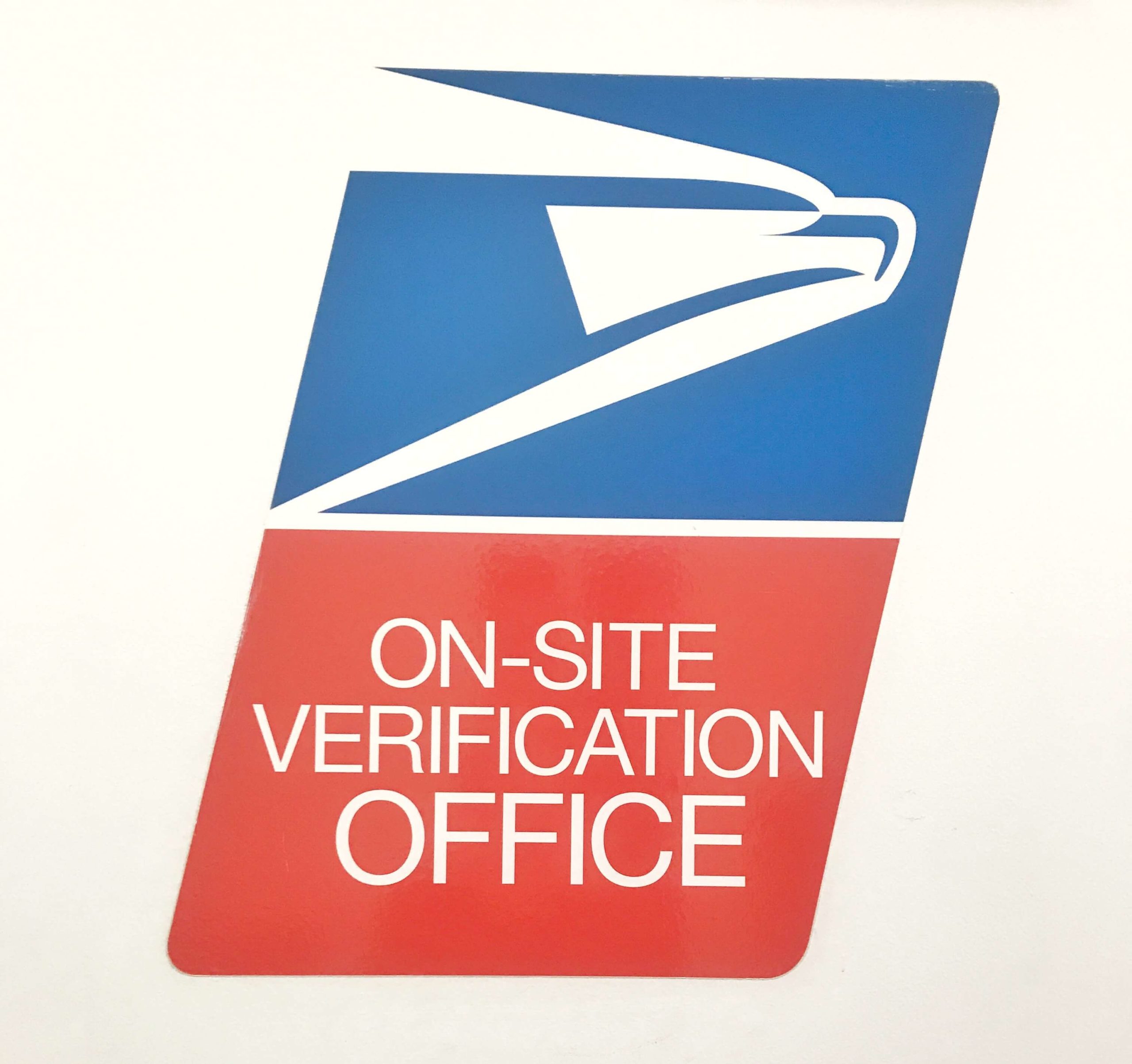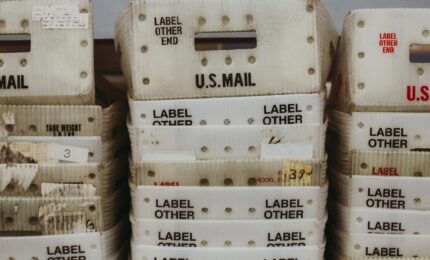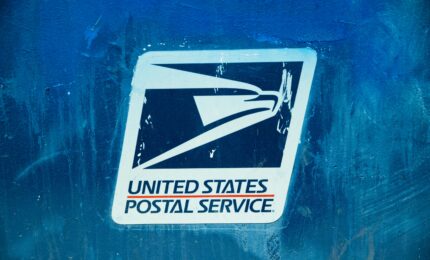USPS Guide to Direct Mail (That’s Useful)
By Paul Bobnak | February 21, 2018

Editor’s Note: This post was originally published in February 2018 and has been updated for accuracy and comprehensiveness as of June 2023.
When planning your direct mail marketing, you need more than a mere printer on your side. You need a full-service company that can help you develop customized solutions to get your mail into the U.S. Postal Service system while also saving you money and time.
Remember, the USPS is a powerful institution. It gets no tax dollars for its operating expenses. It processes and delivers 421.4 million pieces of mail a day to 152.2 million residential and business addresses across the country. If it were a private company, its revenues would put it high up on the Inc. and Fortune 500 rankings. And thanks to over 200 federal laws, the Postal Inspection Service ensures that the mail stream is secure for both mailers and customers.
At the same time, wringing inefficiencies from the postal system (and reducing costs) has been an important factor, like never before, in driving how mailing campaigns are now being designed and implemented. To keep up with these changes, it’s smart to reach out to vendors that have extensive printing expertise and outstanding customer service working with marketers of all sizes and budgets.
To achieve great ROI on your direct mail, find a direct mail vendor that knows the ins and outs of the USPS.
6 Ways USPS Expertise Can Improve Your Direct Mail
Let’s face it: postal regulations can be kind of complicated, and not without good reason. After all, they give marketers a nice amount of flexibility in offering products and services to both consumer and commercial customers.
But you’ll need someone that can help you and your mail to get through the postal system and to your customers’ mailboxes. Here’s how:
1. Direct mail design
Vendors should be experts at direct mail design and how it can be maximized to flow through USPS’s processing equipment. Here is a specific example, on folded self-mailers (FSMs) they must meet clear-cut tabbing requirements in order to pass muster. Below are the self-mailer basics to use as a check-point. If you want nitty gritty specifics, please refer to this helpful guide to tabbing.
The basics of a self-mailer:
- Height: minimum of 3.5 inches and maximum of 6 inches.
- Length: minimum of 5 inches and maximum of 10.5
- Thickness: minimum of .007 inches and maximum of 1/4 inches (Note: a minimum of .009 is okay if the height goes over 4-1/4 inches or if the length is greater than 6 inches)
- Maximum Weight: 3 ounces
Are postcards more your thing? This post focuses only on postcard design.
Pro Tip 1:
Don’t try to make your mailer do too many things by including lots of copy or images. You want your customer to quickly understand what it is you want them to do, how they’ll benefit from it, and how to proceed. Limit your selling to one or a few products or services … and that’s it.
Pro Tip 2:
Always use high-quality graphics and photos (300 dpi or over) that best support your messaging and offer. Otherwise, you’ll create a bad first impression with your audience and hurt your branding.
2. Managing your data
Postal savings can also be achieved by carefully and constantly managing your data. It can’t be said often enough: without accurate data, your campaigns will not be successful. Again, a variety of tools can be used to make sure you’re proceeding with the best possible lists. Here’s an introduction to CASS-certification, NCOA, pre-sort, and de-duping,and their crucial role in your data processing. These steps cannot be bypassed. They must be done in order to produce a list for pre-sorting mail and for the laser and printing machines.
CASS (Coding Accuracy Support System) is a certification offered by USPS that corrects and standardizes address elements like zip codes and misspelled street or city names. Vendors offering this service have to apply annually to keep up with the latest USPS guidelines.
NCOA (National Change of Address) is a database of all new address information filed with the USPS. With an average of almost 40 million Americans moving every year, the importance of cross-referencing your data using this process cannot be understated. And to avoid a surcharge on your campaign, it must be done no more than 95 days before your mail date.
Presorted Mail is a work-sharing program; ASC and the Postal Service share the work of processing the mail. When your vendor is able to do some of the preparation and sorting, it saves the Postal Service time and money. In return, the savings get passed on in the form of postage discounts.
Data De-Duping is simple! It is a process that removes redundant data. For example, if you had two John Smiths living at 123 N MAIN ST, NEW YORK, NY 10000. The de-duping process would eliminate one John Smith so he only receives one piece of mail.
Pro Tip 1:
Another data tool is DSF2. With this data processing, you can verify the deliverable addresses on your list from the USPS database. Your campaign, especially if it meets saturation levels, can qualify for rate discounts if it is then pre-sorted in the exact order that the mail carrier travels on their route.
Pro Tip 2:
Now if your house lists are holding you back from reaching out to new audiences, you can rent or buy lists from third-party compilers on either a single-use or subscription basis. You’ll be able to target selects based on a pretty broad range of demographics and other criteria. And here again, list hygiene is absolutely vital. Without it, you’ll be wasting money.
3. USPS pricing
Postage costs have been adjusted twice annually over the last several years. You can keep up with changes via the USPS and posts on our site. There are many opportunities for saving money on your campaigns regardless of whether you’re mailing First Class or Marketing Mail.
Pro Tip 1:
And here’s a true bargain to seriously think about: first class presorted letters weighing up to 3 ounces can mail for the same rate as one-ounce letters. So that’s two free ounces for your mailing! This is your golden opportunity to include additional marketing elements – like a buckslip, a page of testimonials, a lift letter – in your direct mail package that can inform, help and/or persuade your prospects and customers.
Pro Tip 2:
Use Full Service Intelligent Mail Barcode (FSIMb) to receive a 3-cent per piece discount for First Class or Marketing Mail. This is something you should be using anyway, as it helps you track your mail.
Pro Tip 3:
There are other steps you can take with your vendor to deal with your direct mail budget concerns. For example, you can ask for multiple quotes on a project.
4. Commingling and co-palletization
The USPS also encourages two good work share methods that can help meet your cost challenges: commingling and co-palletization. Mailing campaigns that get prepared by either program get processed more quickly by the USPS, which means that they arrive in-home sooner.
Commingling organizes letters and flats (self-mailers and postcards) in trays and tubs by zip code. The more digits that are matched in the sort, the greater the discount that is applied.
Co-Palletization combines addressed and sorted mail trays from different marketers or providers, separated by zip code, on the same pallet. This way, each full pallet is completely prepared, then trucked for an easy passage to its destination SCF.
5. Your direct mail drop date
Another important consideration is your direct mail drop date. If there are any hitches or delays, the value of your campaign, especially if it has a time-sensitive offer, can be lost. You’ll have to plan carefully for every step of the process to stay on schedule.
Pro Tip 1:
Be sure to have print-ready art to your vendor on an average of 5 days before the requested drop date. Once the print-ready art is provided, an art proof will be ready for final approval. This should take place the same business day, or 24-48 hours in order to secure your desired direct mail drop date. This will not only help the vendor immensely, but it will also get your job processed into the system shortly after approval.
Pro Tip 2:
Try to send data files at the same time as the mail-ready art files.
Pro Tip 3:
Know your logistics options! If your mail campaign is being delivered to the same geographical region as your vendor, the major item they’ll need is the list before dropping if off at the local or origin Sectional Center Facility (SCF). But if it’s not, dropshipping allows your mail to be trucked to the appropriate destination SCF before delivery. It’s like skipping exits along a highway. Regardless of who handles the logistics – you or your provider – it’ll get closer to the final post office faster.
6. The right mail class
Your direct mail vendor should know what the advantages are for each USPS mail class from both a design and cost standpoint. Their experience with pricing and regulations will come in handy in determining which option is likely to produce the best results for your company.
For example, USPS Marketing Mail (formerly Standard Mail) includes many types of direct mail pieces, like flyers, circulars, brochures, newsletters, and catalogs. It’s bulk mail and it provides good discounts. But it doesn’t get handled as quickly as First Class, so you’ll have to balance its lower per piece cost with the later delivery dates.
First Class is for those cards, letters, flats, and small parcels (under 13 ounces) that are guaranteed to be delivered quicker than the bulk stuff, so they’re a good bet for anything you want to stand out in the mail, especially if it’s time-sensitive.
Pro Tip 1:
To ensure that your lists are up-to-date and won’t waste your money, First Class includes free forwarding and returns of mail that can’t be delivered to the original address. USPS charges for this if you use Marketing Mail.
Where to turn to for help
How do you design a direct mail piece? What specifications should you follow for a postcard or other mailers? How can you improve deliverability? What rates should you mail at? So many questions … well, don’t give up! The know-how you need is close at hand. Please read on for some pointers on where to find it.
Talk with USPS
You don’t work in a vacuum when it comes to direct mail. Yes, the American postal ecosystem is gigantic and complex. But that’s only because it’s evolved to handle the needs and wants of a wide variety of customers over the many years it’s been around. And as clunky as it can be, the USPS can work with you at any stage of your process to get your mail through it all.
For example, the Business Customer Gateway is a USPS website that is an easy entry point for companies to access information on its business services, from Full-Service Intelligent Mail to managing permits.
More broadly, PostalPro includes a range of tools and services offered by USPS, covering mailing, shipping, operations, and certifications. The nuts-and-bolts details of specifications needed for designing and creating mail can be found with Postal Explorer.
Talk with your colleagues
With membership in the Postal Customer Council (PCC) program, businesses discover how to work more productively with their local postal officials. By networking with fellow decision-makers from other companies, participants deal with local issues and processes, learn best practices, and get advice on how to improve mail quality and processes.
Then there are professional groups that offer training and educational seminars covering direct mail, such as USPS, National Center for Employee Development (NCED), and MailCom.
Talk with us
Another option: find a partner with years of expertise helping their clients develop and sustain successful direct mail.
We can help you design your direct mail and take it to press – to whatever degree works best for you. And we have an in-house USPS verification team to ensure that everything is exactly right to get your mail out the door and to your prospects and customers.
USPS guide in action
- Another USPS tool, Informed Visibility, provides end-to-end mail tracking information for letter and flat pieces, bundles, handling units, and containers. This gives you an essential overview of delivery performance.
- Two other USPS services, Address Change Service (ACS) and Ancillary Service Endorsements (ASE), provide vital address correction data after a mailing campaign has dropped.
- A budget is also one of the biggest things that controls your direct mail campaign. Save money on your mail with these tips.
- If you’re a brand looking at a direct mail agency, ask to see samples of their work – and the results they achieved.
- USPS offers professional certifications in database management, mail center automation, and mail piece design, among other specialties.
- Industry events are another place to share and get technical information about mail design, operational management, among many topics.
Wrapping it up
Your audience, budget, and schedule all have certain advantages that have to be weighed against each other when planning your printing and mailing.
Knowing what to do, even how to get started, isn’t easy.
Call on the experts at mailing.com! We have decades of experience and can help you tailor a campaign that meets your specific needs.


